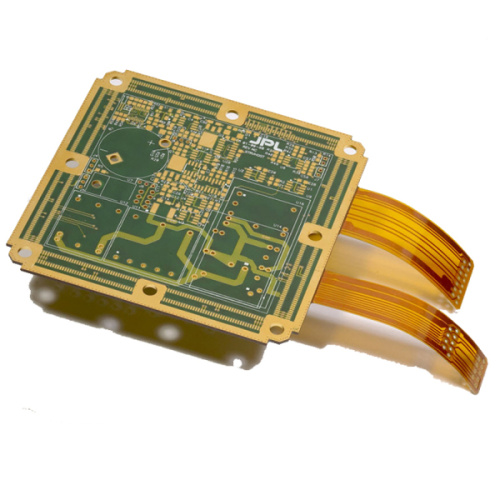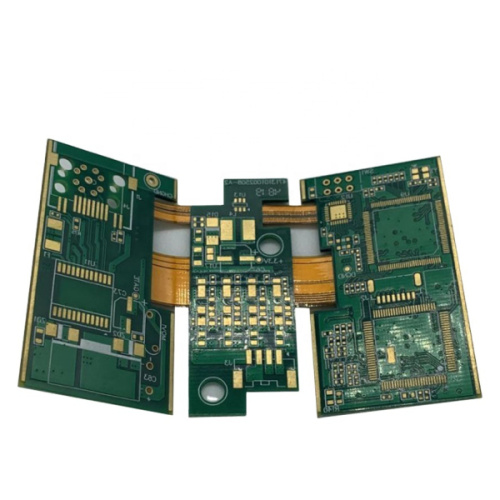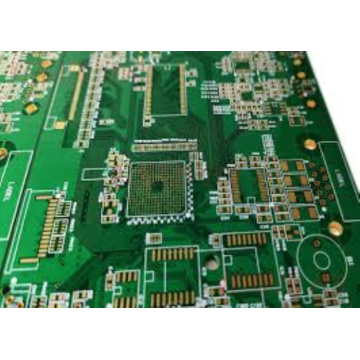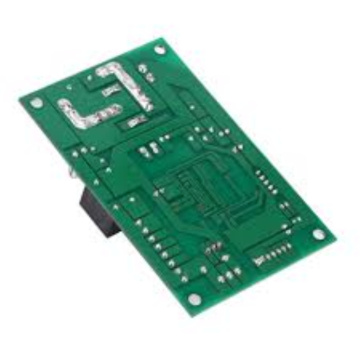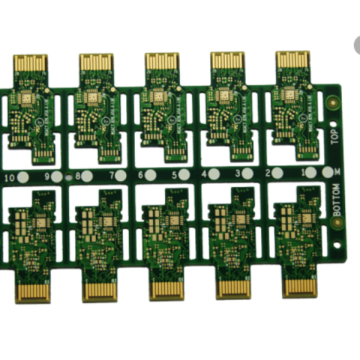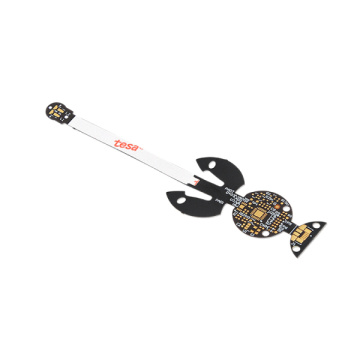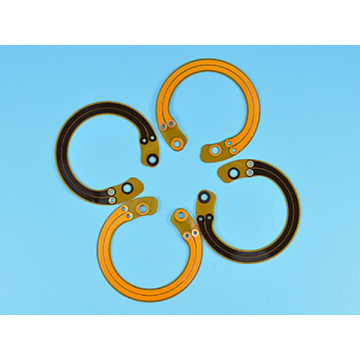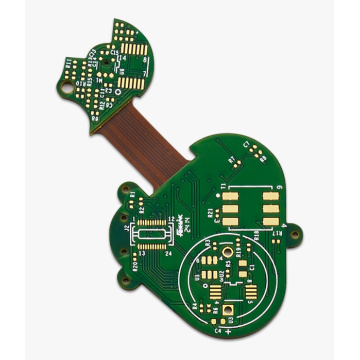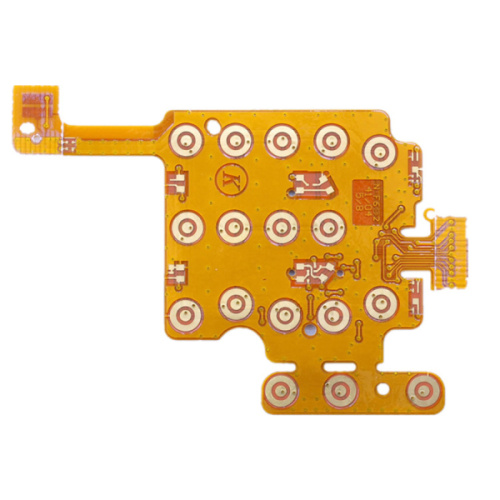
FPC PCB Flexible PCB
-
$6.10≥5 Piece/Pieces
- Min. Order:
- 5 Piece/Pieces
- Min. Order:
- 5 Piece/Pieces
Your message must be between 20 to 2000 characters
Contact NowHow do you put together a flex PCB?
A flexible printed circuit board is a PCB designed to meet the needs of flexible electronic circuits. The flexible printed circuit was originally designed to replace the traditional wiring harness. From its first application during World War II to the present, flexible circuit boards have increased exponentially.
Use flexible laminates to produce flexible printed circuits. The flexible laminate holds the conductive foil and the dielectric substrate. The flexible circuit board can be three-dimensional wiring, and its shape can be adjusted to fit the available space.
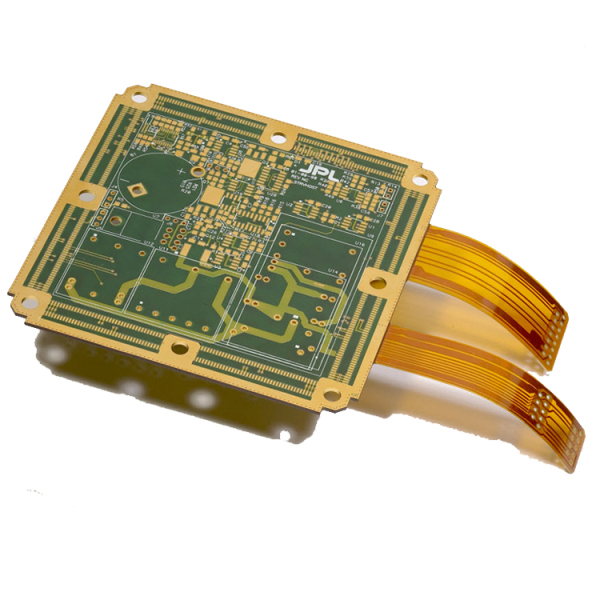
The following four types of flexible PCB are designed to suit various electronic applications:
Single-sided flexible PCB
Double-sided flexible PCB
Multilayer flexible PCB
Rigid-Flex Board
The electronic device can use a combination of two or more of the above-mentioned flexible circuit board types according to its design requirements.
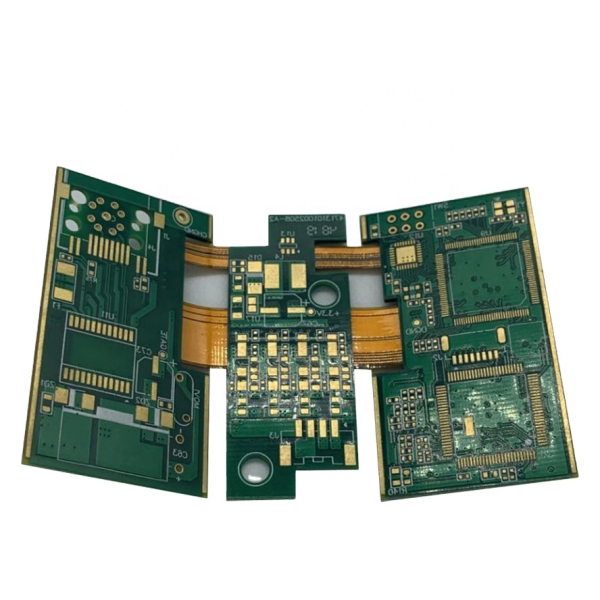
Compared with traditional wiring and rigid PCB, the main advantages of flexible circuit boards include:
Reduce assembly errors: Flexible circuit boards require less labor in the PCB assembly process, which helps reduce production errors.
Design freedom: Flexible circuits are not limited to two-dimensional boards, such as rigid boards. In complex applications, they can be designed to be interconnected in three dimensions.
Flexible installation: These circuits are as flexible as wires or ribbon cables, allowing interconnection between two or more planes during installation. In addition, they can be bent or twisted during installation and execution without any failure.
Reliability and durability: In applications with moving parts, the flexible circuit can be bent and moved indefinitely without electronic failure. Earlier, most failures occurred at the interconnection points of circuits. Therefore, the flexible circuit board can be designed with limited interconnections, which ultimately increases the reliability of the circuit.
Reduce package size and weight: Flexible circuits are produced using thinner dielectric substrates. As a result, they solve various problems related to space and weight traditionally encountered by rigid boards.
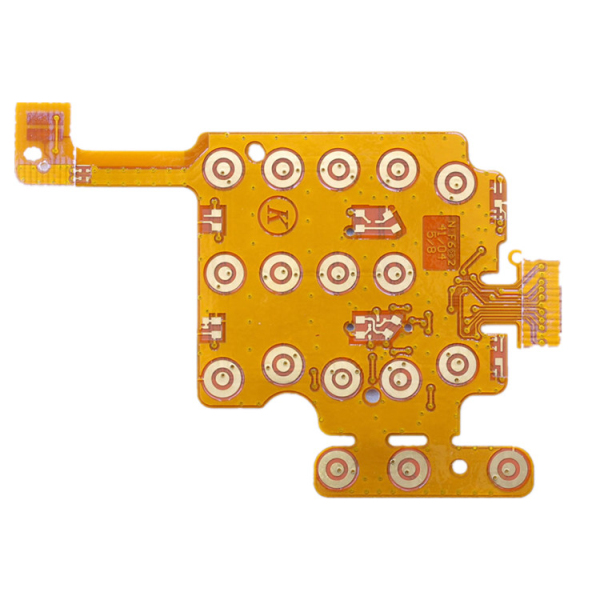
Related Keywords


